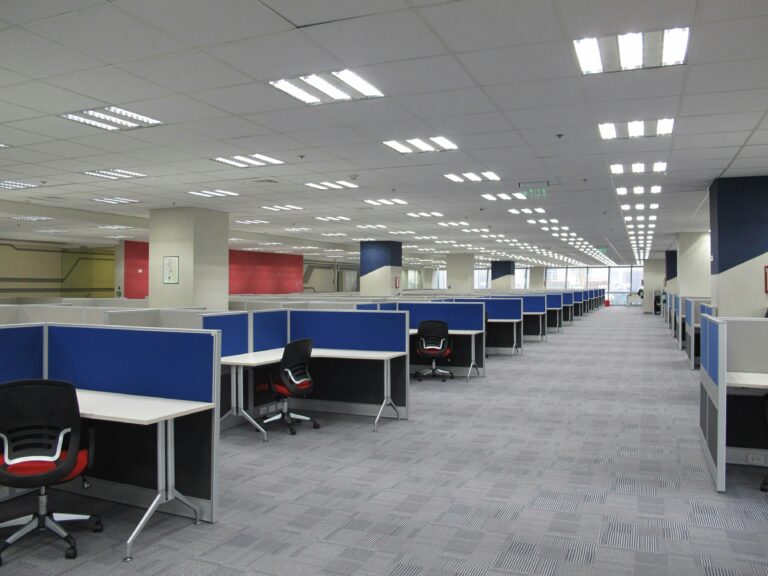August data points to slowing hiring and growing labor market pressures
WASHINGTON, Sept 9 — The U.S. labor market exhibited signs of strain in August, with job creation slowing dramatically and the unemployment rate reaching its highest level since late 2021, according to the Bureau of Labor Statistics.
Nonfarm payrolls expanded by a mere 22,000 positions last month, far below the roughly 147,000 average monthly gains recorded earlier this year. June’s job totals were revised downward to show a loss of 13,000, marking the first monthly decline since December 2020. On average, over the last four months, the economy has added only 27,000 jobs per month, reflecting a notable slowdown in hiring momentum.
The unemployment rate climbed to 4.3% in August, up from 4.2% in July. The increase stemmed in part from more Americans entering the labor force combined with fewer workers securing employment, signaling that the labor market is beginning to cool.
Revisions Reveal Substantial Job Shortfall
BLS updates also show that from April 2024 through March 2025, U.S. employment rose by 911,000 fewer jobs than originally reported. These revisions, based on updated state tax data, highlight weaker-than-anticipated growth across sectors such as leisure and hospitality, retail, and professional and business services.
Mixed Performance Across Industries
Healthcare added 31,000 jobs in August, while social assistance gained 16,000 positions. Offsetting those increases were losses in federal government employment (-15,000) and in mining, quarrying, and oil and gas extraction (-6,000). Manufacturing employment remained largely flat overall, though transportation equipment manufacturing experienced a 15,000-job decline, partly linked to ongoing strike activity.
Economists warn that the slowdown in hiring and rising unemployment could influence Federal Reserve policy decisions, particularly regarding interest rates, as officials weigh the pace of economic growth against inflation pressures.
The August report illustrates a turning point in the U.S. job market, suggesting that after years of steady expansion, businesses and policymakers may face challenges adapting to slower employment growth and rising labor market pressures.


